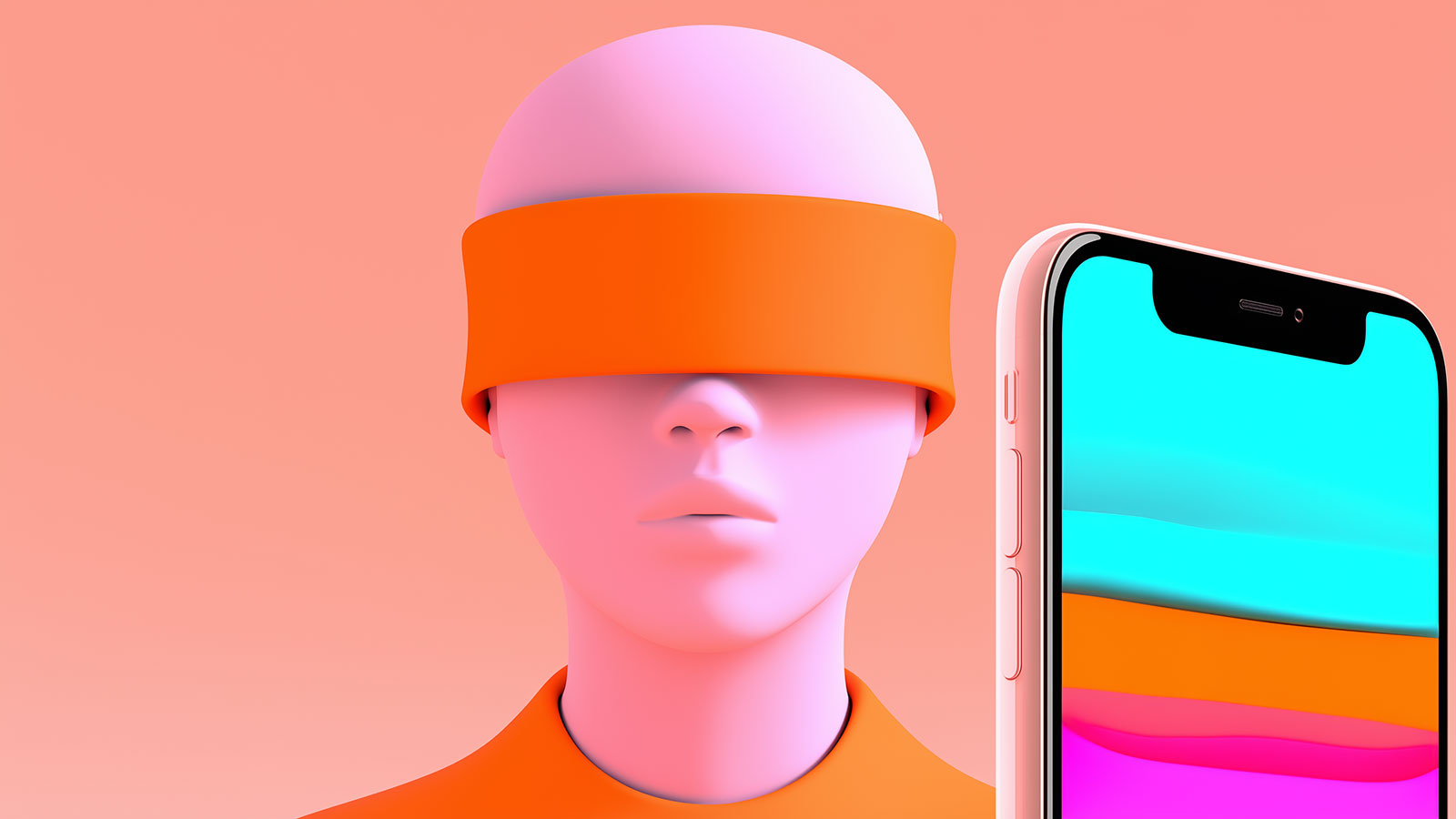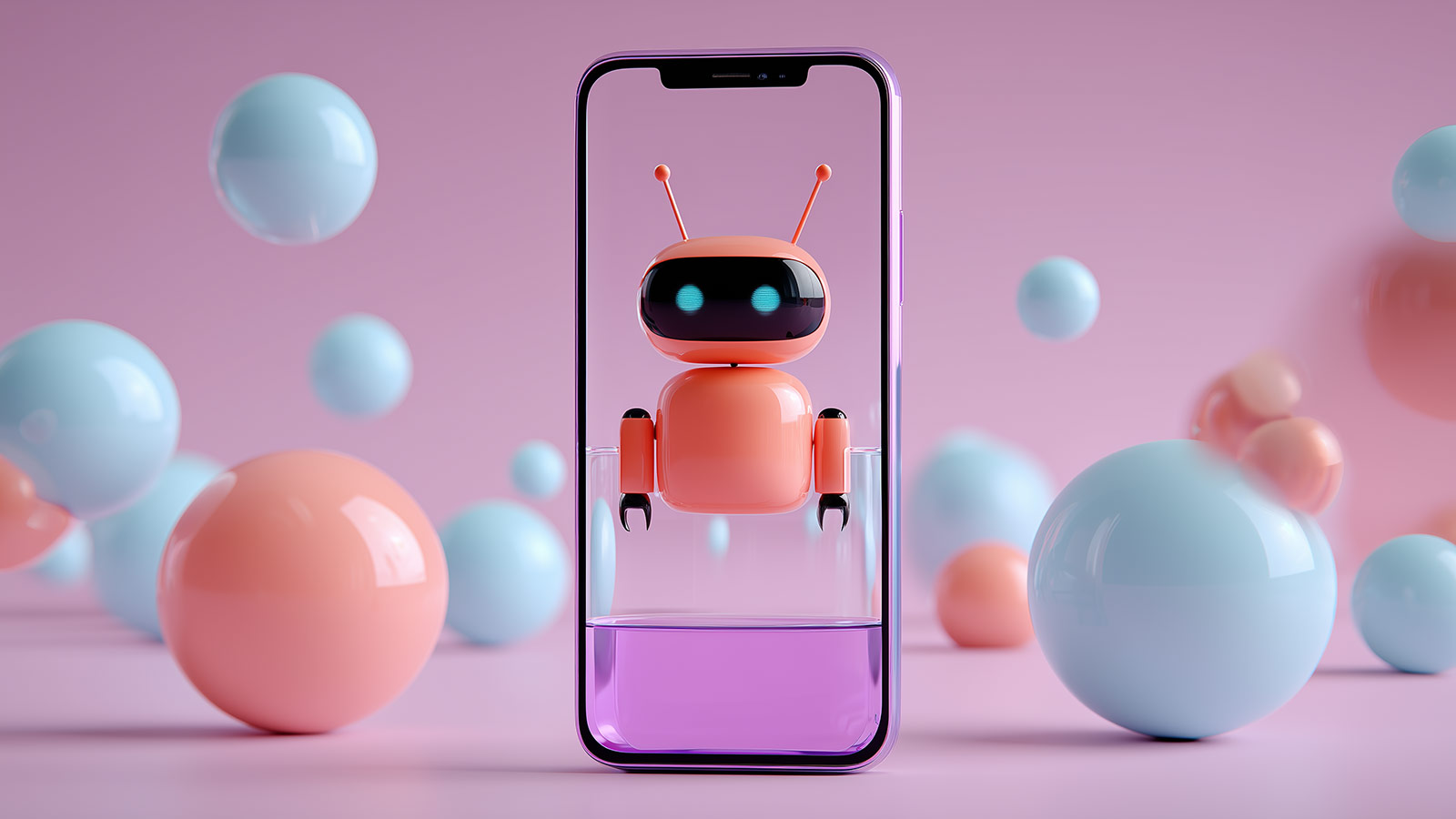When to Show Ads: How On-Device AI Finds the Perfect Moment in Mobile Apps


Introduction
The recent podcast episode from mobile app expert Eric Seufert left us with some real food for thought about where digital advertising is headed. In it, Eric describes what’s becoming the industry’s new reality: generative AI doesn’t just target audiences - it generates the ad itself, tailored for each person, in real time.
“In other words, generative tools could pair every individual consumer with the ad creative most likely to induce response from them, potentially rendering an ad creative in real time using the most up to date information available about that user including the on-page context.”
This is personalization at its peak: every user gets their own ad, crafted for their preferences, with zero wasted impressions. Platforms like Meta and Google are racing toward this future. Meta’s latest plans, for example, would let brands input a single image and budget, and have AI create the entire campaign (generating imagery, video, and text) while automatically picking the target audience and even suggesting the budget by the end of 2026. (Even TikTok is already auto-generating video ads in seconds using AI avatars and scripts)
But there’s a catch - and it’s not a small one.
The Problem: The Perfect Ad at the Wrong Time
Today’s ad engines do a decent job guessing when someone might respond, but that guess is mostly based on historic, server-side patterns. They look at when you clicked last week, or when a similar audience converted yesterday. It’s like driving using only the rearview mirror. Real life isn’t static or predictable by past averages. You might love a new running shoe - but if the “perfect” ad for it pops up while you’re on a crowded bus, rushing to an appointment, you’ll ignore it. The same ad, the same day, shown while you’re relaxing on the couch? That’s a sale waiting to happen.
As tech observer Enrique Dans writes, we now find ourselves living in an “arms race” of AI-personalized advertising, where every click and swipe feeds models designed to anticipate our desires. Yet all that personalization still misses the point if the moment is wrong. The result?
An always-on machine that optimizes who and what - but too often misses when.
The Missing Layer: Real-World Context
This is where real-world context comes in. (And it’s exactly what we built ContextSDK to deliver.) We don’t generate creatives or run your campaigns. We add the missing layer - what the Greeks called Kairos, the opportune moment.
Our on-device AI listens to 200+ real-world signals - motion, device state, time of day, battery level, and more - to gauge what your user is actually doing right now. Sitting at the desk? Powering through a noisy commute? Watching TV on the couch with their phone in hand? That context transforms an ad from annoying to relevant.
Importantly, these signals are first-party (coming from the user’s own device with consent) and privacy-safe, unlike the static behavioral profiles and third-party cookies of old. In fact, researchers have begun exploring such “person-centric and momentary context” features to optimize ad delivery, since early findings show ad timing directly influences ad effectiveness.
When you know a user’s situation in the moment, you can stop blasting ads at the wrong times and start reaching them when they’re most receptive.
Commerce at the Limit - But Timed Right
Seufert calls the fully AI-optimized ad future “commerce at the limit” - a world where every part of the digital ad machine is pushed to maximum efficiency by automation. In his view, the end-to-end automation of advertising (creative generation, targeting, budgeting - all of it) could “ultimately confer significant benefits on consumers, advertisers and advertising platforms alike”.
But even this AI-empowered peak of advertising has a blind spot if it doesn’t account for real-world context. Without live context signals, those AI engines are still guessing when the user’s in the mood to engage. This is the last gap that needs closing to truly realize Seufert’s vision.
By plugging the technology of ContextSDK into these AI-driven ad platforms, we feed them the missing piece: privacy-safe, real-world context about the user’s state. That closes the loop so the when can be as personalized as the what. Armed with real-world context, an AI can decide not just who should see a shoe ad and what that ad should look like, but also when to show it for maximum impact.
The payoff is huge.
A recent study of 100,000 mobile users found that smarter ad timing (leveraging moment-by-moment user behavior) led to greater ad engagement and more value for the platform - all while improving user experience by avoiding ill-timed interruptions. In other words, adding a layer of real-world context makes the whole AI advertising engine work the way it’s supposed to.
Timing Wins Attention
When generative AI can churn out infinite ads and variations, the creative arms race becomes a commodity. The real fight for user attention is won in that final inch - the moment when a user actually wants to see an offer. By nailing the timing, everybody wins:
- Developers (app publishers) earn more revenue with less churn. Fewer users rage-quit your app because they’re not being interrupted at the worst times. (Research shows poorly-timed ad exposure leads to user fatigue and frustration - exactly what you avoid with a timing layer.)
- Advertisers see higher ROI from the same impressions. An ad delivered in the right context yields more conversions, so marketers get more bang for their buck without needing to buy more eyeballs.
- Users (players) encounter fewer ads overall, and only at moments that feel natural rather than intrusive. The ad becomes something helpful or interesting, not an annoyance. Being respectful of a user’s real-world situation builds goodwill rather than irritation.
The future of ads isn’t just more personalized - it’s perfectly timed. So stop guessing when users might convert, and start delivering ads when they’re most likely to love them.






